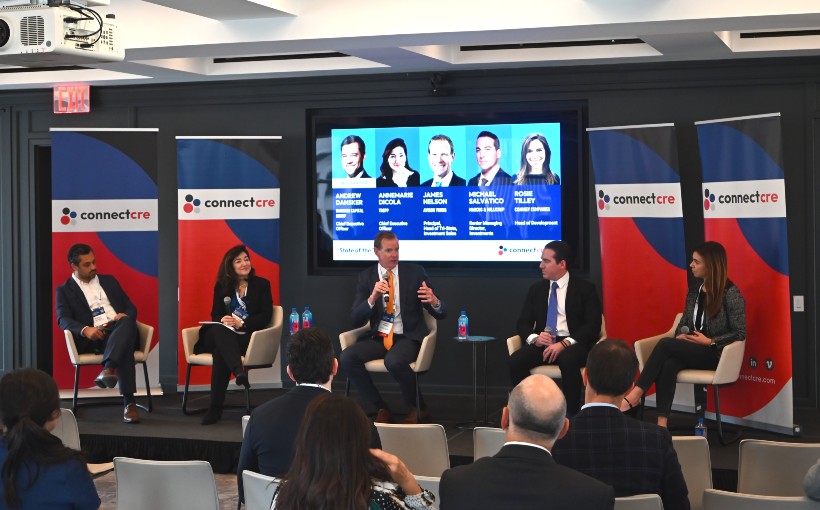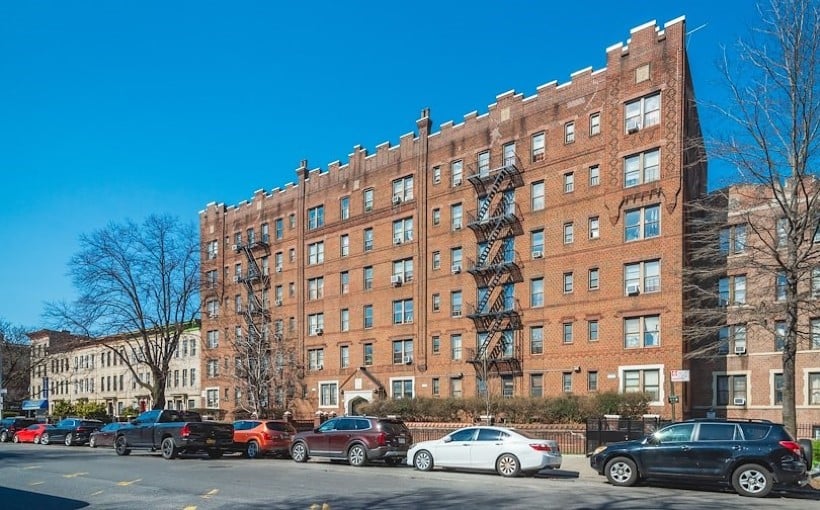During the “State of the Tri-State” panel at Connect Tri-State Multifamily 2024, held on October 1st at Rockefeller Center’s Studio Gather, Avison Young’s James Nelson expressed his newfound bullishness for the market. He stated that after a two-year period of low sales volume in New York City, things are finally looking up.
Nelson attributed this slowdown to the Federal Reserve’s series of rate increases and resulting uncertainty among buyers and sellers. However, with a recent rate reduction by 50 basis points, there has been an increase in activity as it has positively impacted market psychology.
While enthusiasm is returning to both buyers and sellers alike, many upcoming transactions will be motivated by debt maturities. Annemarie DiCola from Trepp noted that there are $13 billion worth of loans on multifamily properties set to mature between now and 2027 in the Tri-State area.
Despite these impending maturities leading some to predict an influx of REO sales, Michael Salvatico from Marcus & Millichap stated that banks are being flexible in order to avoid owning or operating these properties themselves.
In terms of rent growth nationally for multifamily properties during this time period there has been slower growth than expected; however Salvatico believes rents will return back up next summer due supply being suppressed currently.
This development drought comes at a time when New York City is facing a housing shortage with estimates ranging from needing an additional 500-530 thousand units according Mayor Eric Adams’ multi-pronged proposal called “City Of Yes.” This plan was met with enthusiasm by panelists who believe increasing supply should be prioritized. Additionally office-to-residential conversions could also help alleviate some demand given NYC’s abundance office stock available for such conversions..
The state’s tax abatement program known as “421-a” expired June last year but both city hall under Adams administration along side state government are working to fill this gap. The panelists were especially excited about Adams’ “City of Yes” proposal which aims to create more housing in every neighborhood.
The recently enacted 485-x tax incentive, intended to promote housing development but with potentially expensive implications, is still being analyzed by industry leaders. Rosie Tilley from Charney Development stated that the current understanding is not favorable and may lead developers towards building smaller projects below the 100-unit threshold.
Despite these challenges, there was an overall optimistic tone during the discussion as Nelson pointed out major companies like Gucci and Prada have invested hundreds of millions of dollars in office buildings this year showing their commitment to NYC. DiCola also noted that NYC remains an exception as remote/hybrid workers continue paying rent for properties located near their offices.
Moderated by Andrew Dansker from Dansker Capital, the “State of Tri-State” discussion concluded on a positive note with additional coverage expected in coming days on Connect CRE’s website.




